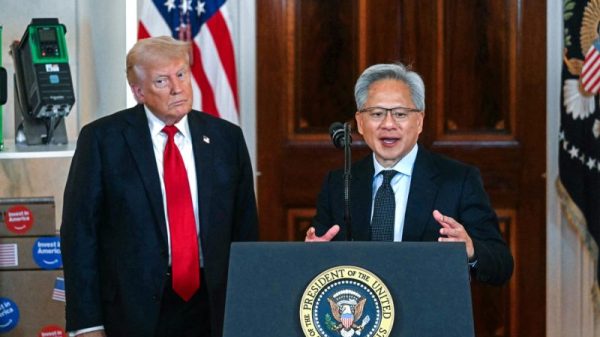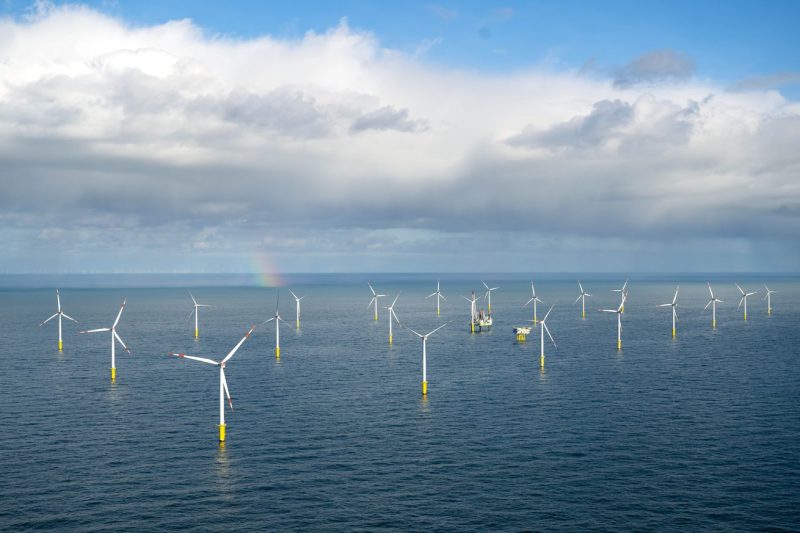In a rapidly evolving technological landscape, the demand for efficient and sustainable energy sources is more pressing than ever. Artificial intelligence (AI) has become an indispensable tool across various industries, driving innovation and increasing productivity. However, the energy requirements of AI systems are substantial, prompting researchers and engineers to explore renewable energy solutions to meet these needs.
One promising candidate that has emerged in recent years is wind energy. Harnessing the power of the wind to generate electricity has long been recognized as a clean and abundant source of energy. The advancement of wind turbine technology has significantly increased the efficiency and reliability of wind power, making it a compelling option for powering AI systems.
The integration of wind energy with AI holds the potential to address the energy needs of AI in a sustainable and cost-effective manner. AI algorithms can be employed to optimize the operation of wind farms by predicting and managing energy production based on weather conditions and grid demand. Machine learning techniques can enable real-time monitoring and control of wind turbines to maximize energy output and minimize maintenance costs.
Furthermore, AI can facilitate the integration of wind energy into the existing power grid by enhancing grid stability and flexibility. By analyzing large amounts of data, AI systems can optimize the distribution of wind-generated electricity, improve energy forecasting accuracy, and mitigate the impact of intermittency on grid reliability. This integrated approach can help accelerate the transition to a decarbonized energy system while ensuring a stable and secure power supply.
Moreover, the synergy between AI and wind energy extends beyond the operational domain. AI-driven research and development efforts are driving innovations in wind turbine design, material science, and energy storage systems. By leveraging AI capabilities such as simulations, optimization algorithms, and predictive analytics, engineers can enhance the performance and efficiency of wind energy technologies, leading to the development of more reliable and cost-effective solutions.
In conclusion, the combination of AI and wind energy represents a promising pathway towards meeting the energy needs of AI systems sustainably. By harnessing the power of the wind and leveraging the capabilities of AI, we can create a more efficient, reliable, and environmentally friendly energy infrastructure. Through continued research, innovation, and collaboration, we can unlock the full potential of this transformative synergy and pave the way towards a cleaner and more sustainable future for generations to come.


































